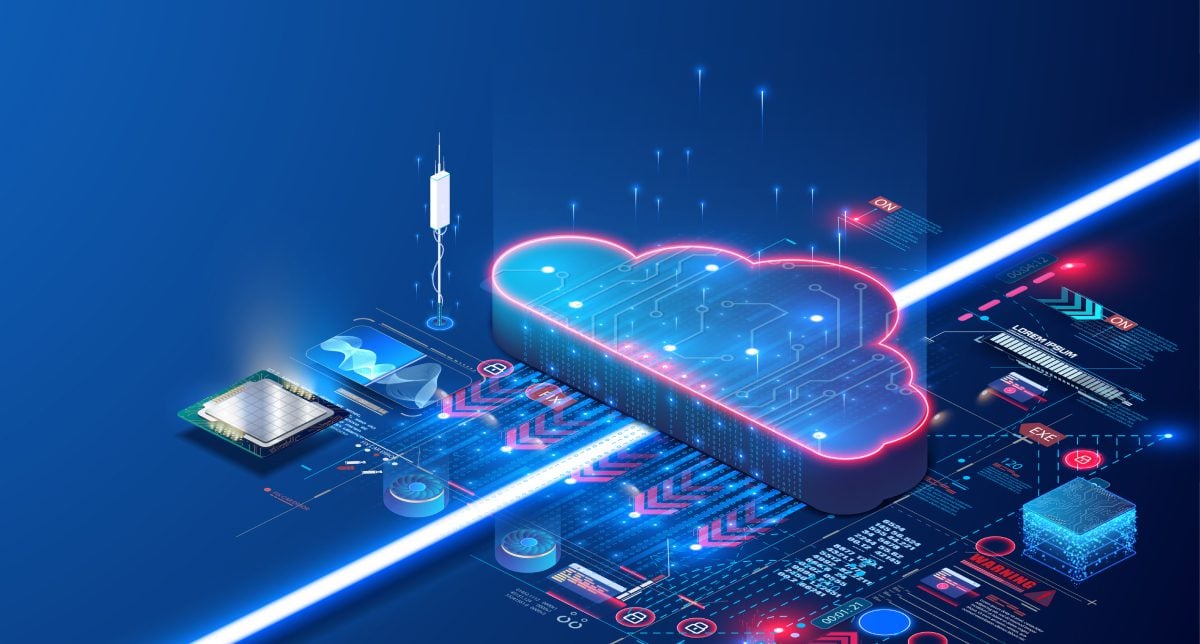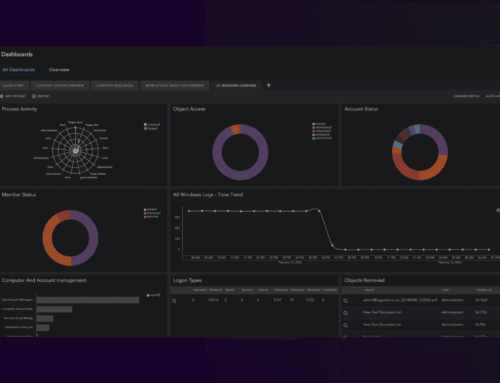The greater adoption of cloud technology has transformed how organizations operate, expand, and consume resources. It’s not a surprise that all eyes are now on cloud security as the attack surface in the cloud grows not only in size but also in complexity.
Gartner’s forecast shows that the spending on cloud security will increase more than 24% year-over-year in 2024. This growth goes hand in hand with the gradual adoption of cloud solutions to store sensitive data and the rise of cloud-native malware.

In addition to this increasingly threatening outlook, finding professionals with skills in cloud computing security is becoming more difficult. Therefore, getting full visibility to understand what’s going on in those cloud environments and monitoring traffic, access, and activity, among other sets of events, has become one of the main concerns for those working in cybersecurity.
Reasons for lack of visibility in cloud environments:
The infrastructure visibility gets obfuscated by different factors. However, the most repeated reason is the fragmentation of data sources.
Typically, SIEM and other log management solutions ingest countless logs. However, cloud environments comprise a multitude of data sources that need monitoring, and with each new application, it gets more difficult to see what’s going on and even discern from normal to suspicious.
Alerts are not always enough, because each investigation becomes access to data that, at times, is not easily accessible or given by cloud providers at the level of granularity that incident responders need. Not knowing the root cause is in itself a blind spot.
Apart from the technical aspects, some reasons are more mundane, such as the cost of full visibility. To reduce costs, many organizations only ingest those logs that they believe necessary, leaving several gaps along the way.
Consequences of lack of visibility in cloud environments
The agility provided by the cloud comes with an underbelly of potential vulnerabilities and exploitation by ransomware gangs. This danger becomes more complex with the visibility deficit present in cloud environments.
While cloud infrastructures are as vulnerable as on-prem solutions, the inability to see and detect what is happening in them affects the organization’s ability to responsd to threats. With the longer periods of mean time to response (MTTR) the organization’s sensitive data become more vulnerable than ever before.
Another consequence of this opaqueness affects performance. Just like in any other form of deployment, resource utilization, network congestion, or lack of integration between applications lead to operational issues. Nonetheless, businesses have more difficulty to detect poor application performance when there are blind spots in their monitoring.
Insufficient visibility also has an impact on data sovereignty, which in turn hinders compliance with regulatory frameworks, such as GDPR or HIPAA. Without full control and visibility, organizations risk getting fines as they may struggle to prove that they comply with them.
How SIEM contributes to visibility for better cloud security
The main role of SIEM solutions is to aggregate log data to allow an overarching view across the entire network. The premise is that they can address the lack of visibility in cloud environments by continuously monitoring the log data and enhancing cloud security posture.
By collecting event data generated by endpoints and applications within the organization’s infrastructure and analyzing it against known patterns of malicious actors it can detect suspicious activity. In case of unauthorized access, data exfiltration, or anomalous network traffic, it raises alerts for analysts to investigate.
In addition, SIEM solutions can help companies audit their adherence to regulatory frameworks. By detecting access violations, data leakage and misuse of sensitive data before they happen, they can prevent failure to comply.
Finally, SIEM also enhances visibility in performance as it will raise alerts when an application or endpoint stops sending logs, detecting if there are operational issues or disruption of service.
How Logpoint approaches visibility in cloud security
To gain visibility in cloud environments, it is key to have centralized data monitoring through the collection of logs produced within the cloud environment in one place. That’s exactly what companies can expect Logpoint’s Converged SIEM.
With more than 800 log source integrations, it can collect logs from cloud providers to reduce opaqueness and expand cloud security. Converged SIEM integrates with network servers and cloud applications to achieve visibility across the cloud environment.
Using data visualization and real-time alerts, analysts can easily identify suspicious behavior and detect cloud-based security incidents before they escalate. As the platform enriches logs with business data and threat intelligence, incident responders gain contextual knowledge that helps them in their investigations.
The cost of a security operations platform is not as much about the price of the license, but the time analysts spend on improving detection logic, integrating components, and investigating incidents. With a platform that natively integrates TDIR capabilities, SOC teams gain visibility and reduce risk and time to detect and respond.
Moreover, Converged SIEM audits the cloud infrastructure and detects access violations, data leakage, and misuse of sensitive data to help companies comply with regulatory frameworks. And with out-of-the-box compliance reports, they can document and prove compliance when needed.
What the future of cloud security looks like
It doesn’t seem like this mass migration to cloud services is stopping any time soon – in fact, the cloud transformation happens in cybersecurity too.
Logpoint’s Security Research team predicts in their End of the Year Report of emerging threats that in 2024 malware and advanced persistent threat (APT) group activities will target more cloud services. Their goal is to utilize their resources for malicious purposes, such as GPU farming (using graphic processing units for cryptocurrency mining) and launching further attacks.
With a more-than-ever expanded attack surface, organizations must have a broader range of visibility for those cloud applications and a central place for constant monitoring. It’s not only essential for security but also for compliance.
As cloud data will only continue growing, if cybersecurity vendors want to adapt and evolve along this trend they need to adapt to this new circumstance. In some cases, they will need to address issues such as licensing and opt for more stable variables to set their prices, like the number of employees instead of the volume of data or events per second.
Their strategy must pass through the assumption that attackers will always find a way, so visibility in cloud security is all about prevention through detection, to stop and remediate incidents before they spiral out of control. As a consequence, they will have it easier to achieve competitiveness in the cloud security sector through the consolidation of different tools that together provide end-to-end security.







